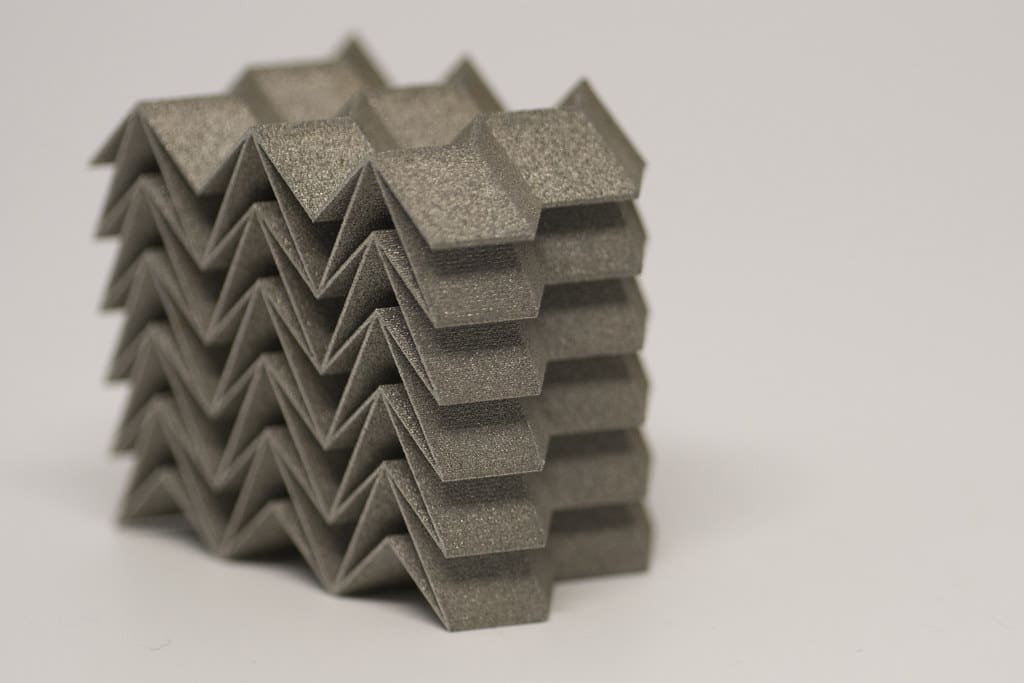Electron Beam Melting (EBM) is a groundbreaking additive manufacturing technology that uses a high-power electron beam to fuse metal powder into solid parts. It is renowned for producing parts with excellent material properties, making it ideal for critical applications in aerospace, medical implants, and automotive industries. EBM technology stands out for its ability to fully melt the metal powder, resulting in components that are free from porosity and thus exhibit superior mechanical characteristics. Understanding the key components of an EBM 3D printer is crucial for anyone looking to harness this technology’s full potential.
Core Components of an EBM 3D Printer
1. Electron Gun: The electron gun is the heart of an EBM printer. It generates a beam of electrons that are accelerated to high speeds using electrical fields. This beam is the primary tool used to melt metal powders during the EBM process. The quality and stability of the electron beam directly influence the quality of the finished product.
2. Beam Control System: Linked to the electron gun, the beam control system directs and focuses the electron beam onto the powder bed. It includes magnetic coils that manipulate the beam’s path precisely. This system must maintain high precision to ensure that the beam melts the metal powder accurately according to the digital design.
3. Vacuum Chamber: EBM printing must be conducted in a vacuum to prevent the electron beam from interacting with air molecules, which can scatter the electrons and reduce the efficiency of the melting process. The vacuum chamber houses the build platform, electron gun, and powder bed, maintaining a controlled environment to optimize the beam’s impact.
4. Powder Bed: The powder bed in an EBM printer contains the metal powder material that is melted layer by layer to form the 3D object. Common materials used include titanium alloys, cobalt chrome, and nickel-based superalloys. The powder bed needs to be evenly spread and maintained at a consistent density to ensure uniform melting and solidification.
5. Powder Feed System: This system delivers fresh powder to the build area. It typically consists of hoppers that store the metal powder and mechanisms, such as rakes or blades, that spread the powder over the build area after each layer is melted. The precision of the powder feed system is vital for maintaining the necessary layer thickness and density.
6. Build Platform: The build platform is where the 3D object is constructed. It moves downward incrementally after each layer is completed to allow for the addition of new powder layers. The movement of the build platform must be precisely synchronized with the powder feed and melting processes to ensure that the layers adhere correctly and the final dimensions are accurate.
7. Temperature Control System: Temperature management is critical in EBM, as inconsistent thermal conditions can lead to defects in the printed parts. The temperature control system includes elements that preheat the powder bed to optimal temperatures and maintain these temperatures throughout the printing process to ensure proper melting and solidification.
8. Data and Control Software: The software that operates an EBM printer plays a critical role in the process. It translates digital designs into precise instructions for the machine, controls the electron beam parameters, manages the layer data, and adjusts the process as needed to handle different material properties. Advanced software is crucial for achieving the high precision and reliability expected from EBM technology.
9. Safety Systems: Given the use of high voltages, powerful electron beams, and fine metal powders, EBM printers are equipped with numerous safety systems. These include radiation shields, interlocks, and ventilation systems to handle and filter metallic particles. Ensuring operator safety and environmental health is paramount in EBM printing.
10. Post-Processing Units: Although not always part of the printer itself, post-processing units are essential for finishing EBM parts. These can include heat treatment furnaces to relieve stresses and improve material properties, as well as CNC machines for final milling and machining to achieve the required tolerances and surface finishes.
The components of an EBM 3D printer work together to create metal parts with exceptional strength and precision. From the powerful electron gun to the sophisticated control software, each element plays a crucial role in ensuring the efficacy and efficiency of the EBM process. As EBM technology continues to evolve, it is poised to play an increasingly significant role in manufacturing sectors where material performance is critical. Understanding these components helps users to not only operate the machinery effectively but also to maintain it properly, ensuring consistent performance and longevity of the printer.








